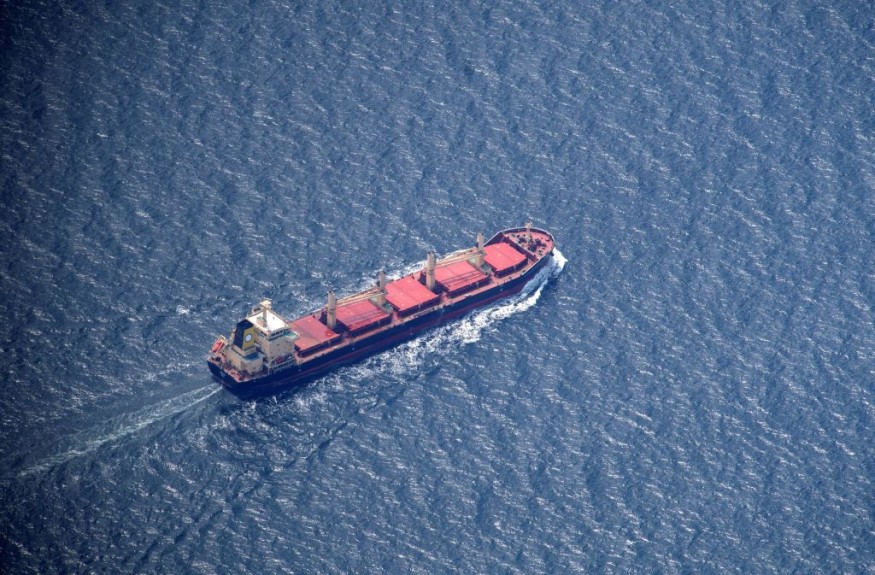
A nearly one-kilometer (0.6-mile) stone wall in the Baltic Sea off the coast of Germany has been discovered by researchers.
Experts first learned of it in 2021, and it may turn out to be the oldest man-made structure ever found in the Baltic Sea region.
Thrilling Discovery
The wall was discovered by accident when researchers used multibeam sonar equipment from a research vessel while taking students on a field trip approximately 10 km (six miles) offshore.
Upon more thorough examination, the Blinkerwall structure was found to consist of over 1,400 smaller stones that were arranged in a way that seemed to interconnect roughly 300 larger boulders, many of which were too massive for human groups to have moved.
Researchers believe the submerged wall, which is a "thrilling discovery," was built by hunter-gatherers more than 10,000 years ago on ground adjacent to a lake or marsh. It is buried by 21 meters of water.
Although its exact use is unknown, scientists believe the wall was built to provide a driving passage for hunters pursuing reindeer herds.
"When you chase the animals, they follow these structures, they don't attempt to jump over them. The idea would be to create an artificial bottleneck with a second wall or with the lake shore," said Jacob Geersen at the Leibniz Institute for Baltic Sea Research in Warnemünde, a German port town on the Baltic coast.
There's a chance that the bottom sediments conceal a second wall that runs parallel to the Blinkerwall.
Another possibility is that the wall drove the animals into the adjacent lake, slowing them down and providing easy prey for humans waiting in canoes with spears, bows, and arrows.
Geersen and his colleagues believe it is implausible that the 971-meter-long wall originated naturally, based on factors like a massive wave shifting the stones into place or a moving glacier leaving behind the stones.
The larger boulders are at a different angle from the wall, which is primarily less than one meter high. This suggests that the smaller stone piles were purposefully placed to connect the larger boulders. The estimated combined weight of the wall's stones is over 142 tons.
If the wall served as a historic hunting route, it was most likely constructed more than 10,000 years ago and submerged 8,500 years ago due to rising sea levels.
First Stone Age Megastructure
The discovery marks the first Stone Age hunting structure found in the Baltic Sea region. However, similar prehistoric hunting devices have been uncovered in various parts of the world, such as Saudi Arabia, Jordan, Greenland, the United States, and traps known as "desert kites."
At a depth of 98 feet (30 meters), stonewalls and hunting blinds intended for caribou hunting have previously been uncovered at the bottom of Lake Huron in Michigan. The Baltic Sea wall and the Lake Huron wall are most similar in terms of their layout and construction, with the lakeshore on one side.
As demand for offshore areas rises owing to tourism, fishing, pipeline building, and wind farm construction, it is critical to locate missing structures and relics on the seafloor.
Furthermore, there may be additional uncovered riches below the bottom of the Baltic that will reveal details about prehistoric hunter-gatherer societies.
"We have evidence for the existence of comparable stonewalls at other locations in the (Bay of Mecklenburg). These will be systematically investigated as well," said study coauthor Dr. Jens Schneider von Deimling, researcher in the Marine Geophysics and Hydroacoustics group at Kiel University.
© 2025 NatureWorldNews.com All rights reserved. Do not reproduce without permission.





